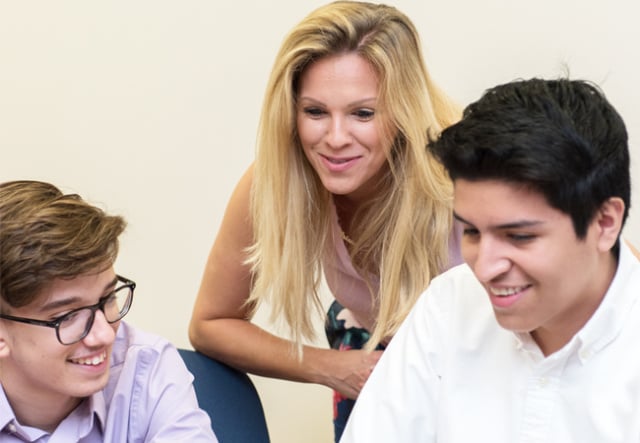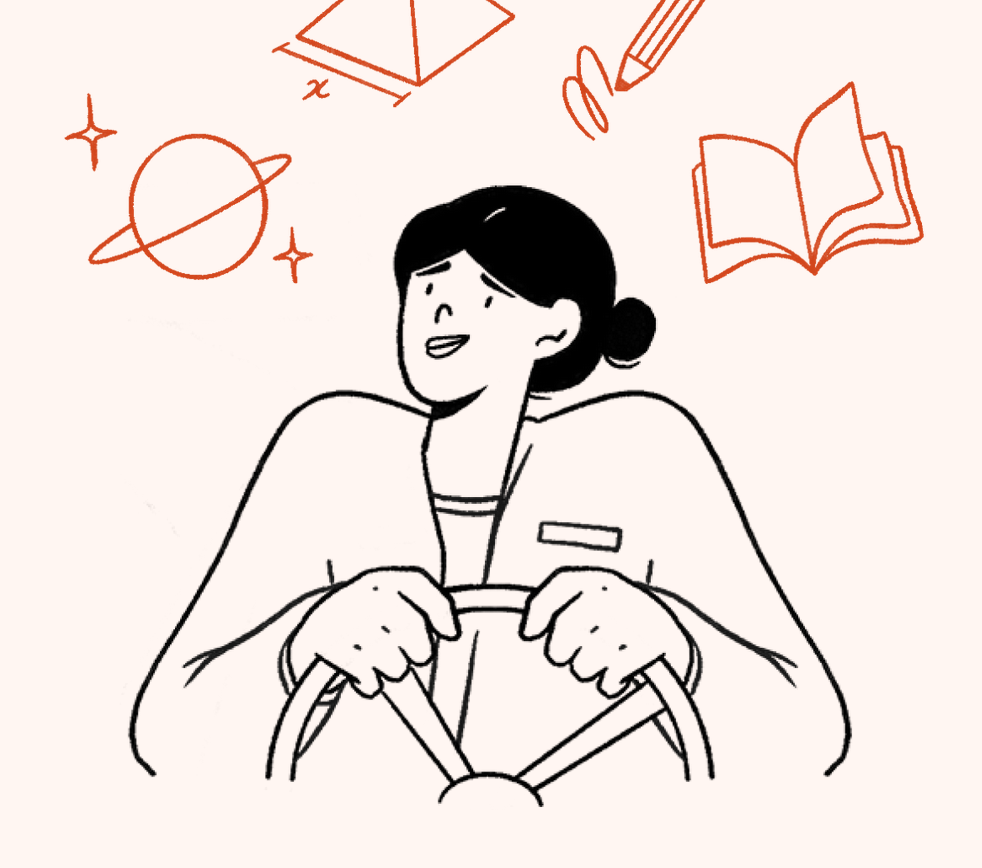About This Lesson
Being bullied is hurtful, scary and confusing. When bullying is aggressive and physical, it can be dangerous. When it’s emotional—like name calling or cyberbullying—it’s easy to feel alone. When adults respond quickly and consistently to bullying behavior they send the message that it is not acceptable. Research shows this can stop bullying behavior over time. Parents, educators, school staff and other adults in the community can help kids prevent bullying by talking about it, building a safe school environment and creating a community-wide bullying prevention strategy.
Essential Questions:
- What information, tools and resources do educators need to enhance and inform their practice, with regards to understanding bullying - why do students bully, what are the risk factors to look for in a student who has been bullied, how can we talk about creating a safe space in the classroom/school to mitigate bullying?
Objective/Purpose: Provide the framing and resources to inform:
- What is bullying? What does it look like - as someone who is bullying, and as a victim of bullying?
- Stress and coping mechanisms.
- Key times to identify when students show early signs.
Learning Goals: During this module, educators will:
- Learn about what bullying is and how it exists within students and/or the classroom.
- Explore how to identify and support a victim of bullying within the classroom.
- Discover the general importance of developing a safe classroom and the benefits it has on ensuring student safety.









